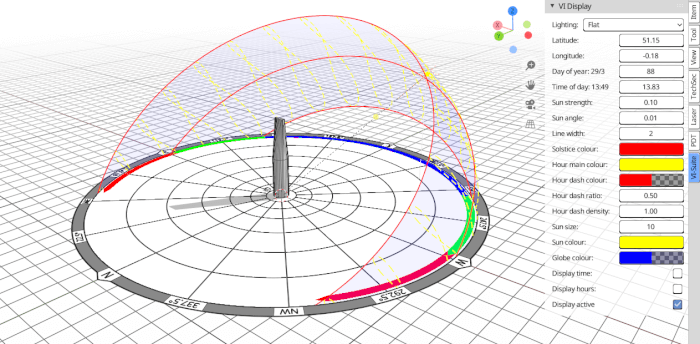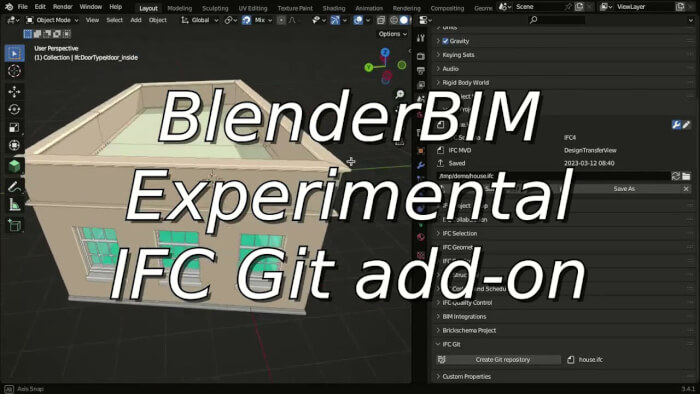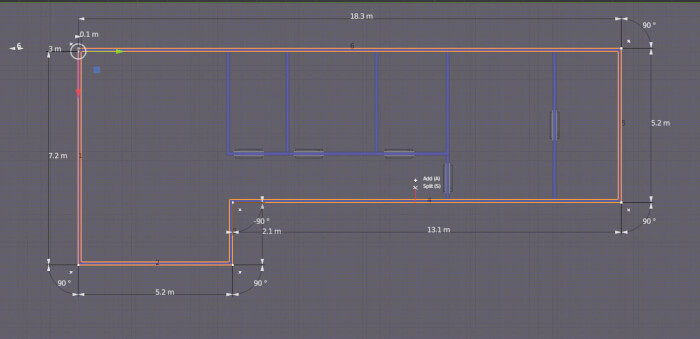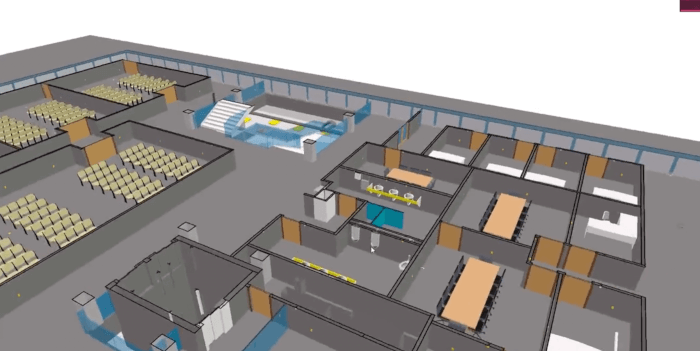
In the past couple of weeks, we published some exciting news for people trying to use Blender to develop sustainable architectural designs. There are currently two projects that will push Blender to become a reference in such projects. The first one is an Add-in that integrates Ladybug tools to Blender using the Sverchok Nodes. Another option is the well-known VI-Suite for Blender that is an old project from Dr. Ryan Southhall from the University of Brighton.
Today we have an update for those looking to start using VI-Suite with their latest update for version 2.8x of Blender. The Add-on now has an downloadable PDF manual with 60 pages describing all the options and Nodes.

That is an excellent help for artists who don’t know anything about such tools to jump-start producing environmental analysis from their projects.
What exactly can you do with those tools? Both Add-ons works as an interface to connect Blender with third-party tools like Radiance and EnergyPlus. Using such tools, you can drastically expand Blender’s capabilities to help with energy analysis and give you options to make design decisions based on this type of data.
Using Blender for architecture
Do you want to use Blender for architecture or render your projects using Cycles or Eevee? We have three books available that could help you!
They cover the use of Blender for producing architectural content and also all information you need to render projects in real-time:
- Blender 2.9 for architecture: Modeling and rendering with Eevee and Cycles
- Blender 2.8 parametric modeling: Drivers, Custom Properties, and Shape Keys for 3D modeling
- Blender 3.0: The beginner's guide
- Blender 2.8 for technical drawing
- Blender Eevee: The guide to real-time rendering with Blender 2.8
You can get them in both digital and paperback formats. By ordering those books, you will not only improve your skills with Blender for architecture but also support Blender 3D Architect.




